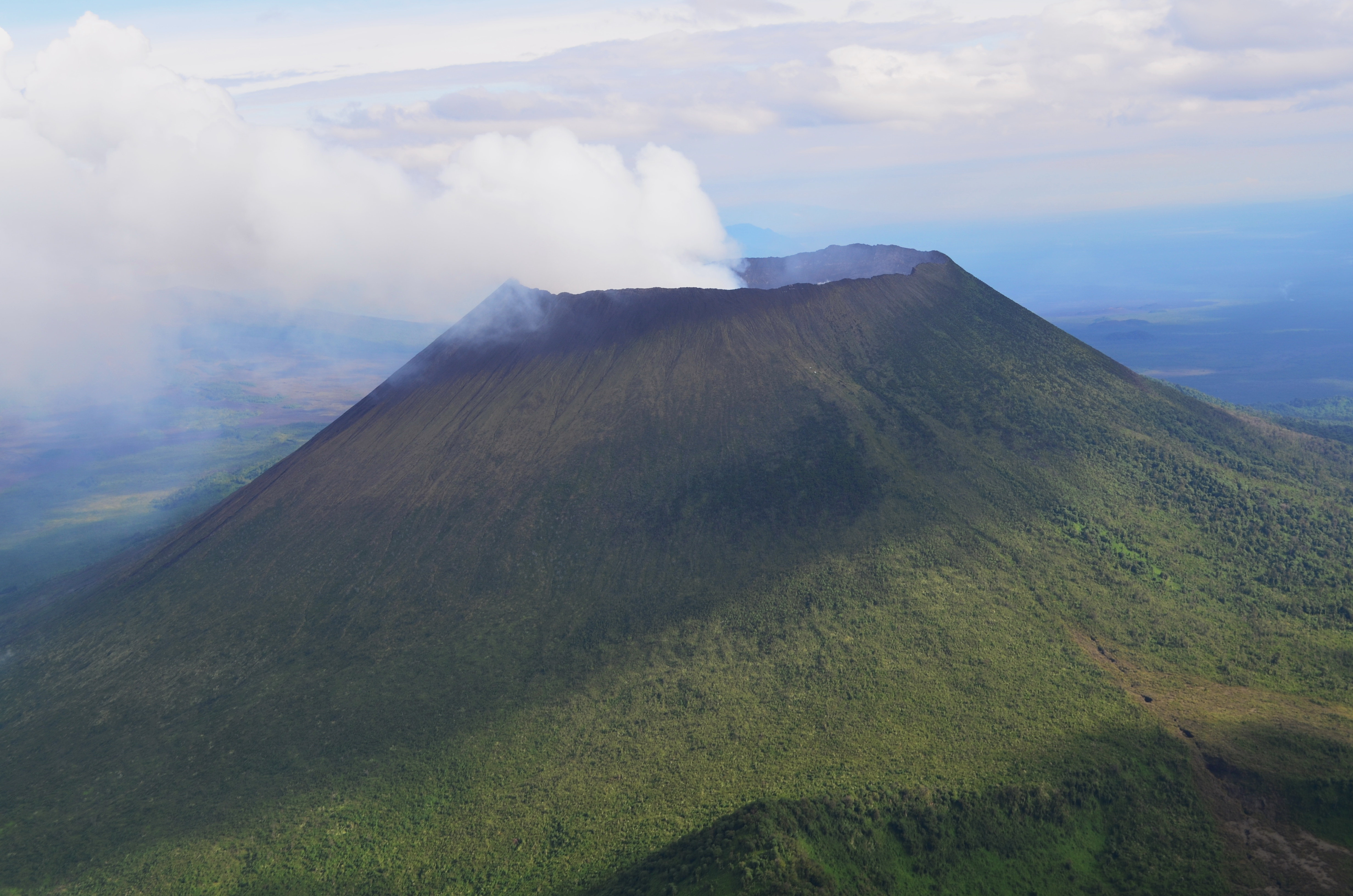Volcanologists explore turning volcano risks into opportunities

When most people think of volcanoes, chances are the first words that come mind are words like “danger”, “eruption” or “lava”. In Geneva at this year's IAVCEI Scientific Assembly, a major international gathering of volcanologists, one of the most exciting developments was the way the scientific community now looks at volcanoes not only as threats, but also opportunities.
Many talks, such as on geothermal power in Hawaii or how volcanic minerals can fuel the energy transition, showed that volcanoes aren’t just hazards to manage; they’re also powerful, natural resources that can benefit society.
The need for low-cost tools
One of the most inspiring parts of the conference was the growing push for low-cost instruments to improve volcano forecasting. For scientists in high-risk, low-resource places like Goma, affordable and reliable tools can mean the difference between safety and exposure.
A standout example was a $75 modular camera developed at the University of Geneva. Despite its low price, it can track volcanic plumes, detect ash and gases, and support eruption forecasts. I saw it firsthand in Riccardo Simionato’s lab, where we discussed its potential use for monitoring Nyiragongo and Nyamulagira, two of Africa’s most active volcanoes.
Equipping local observatories with dozens of such tools could be a game-changer for volcanic hazard assessment and monitoring.
.jpg)
Strength in networks
As a member of IAVCEI, I also took part in meetings of several commissions and networks, including:
- Ash and Gas Impacts Working Group: addresses impacts on health, infrastructure, food, water, and the atmosphere.
- International Network for Collaboration in Volcanology (INVOLC): promotes international support for volcano science and best practices.
- World Organization of Volcano Observatories (WOVO): unites observatories worldwide to share experiences, improve eruption forecasting, and strengthen early warning and aviation safety.
- Commission on Volcanic Hazards and Risk (CVHR): focuses on hazard and risk quantification, mapping, assessment, crisis communication, and maintaining a global hazard map database.
- Cities and Volcanoes Commission (CaV): fosters collaboration between scientists, emergency managers, and city officials to improve preparedness in urban areas near volcanoes.
These groups may sound technical, but their purpose is to bring together scientists and volcano observatories worldwide to strengthen preparedness and early warning.
Earth Intelligence backing local action
The Assembly reinforced why Geohazard Supersites and Natural Laboratories (GSNL), as part of the GEO Work Programme, is so vital. Several presentations demonstrated the great results that come from combining ground-based monitoring data with open Earth observations.
GSNL will continue to give free access to Earth observations data to scientists working in geo-hazardous sites so they can understand risks and act early. Together, we’re finding inclusive ways to live safely with volcanoes and even benefit from the opportunities they provide.